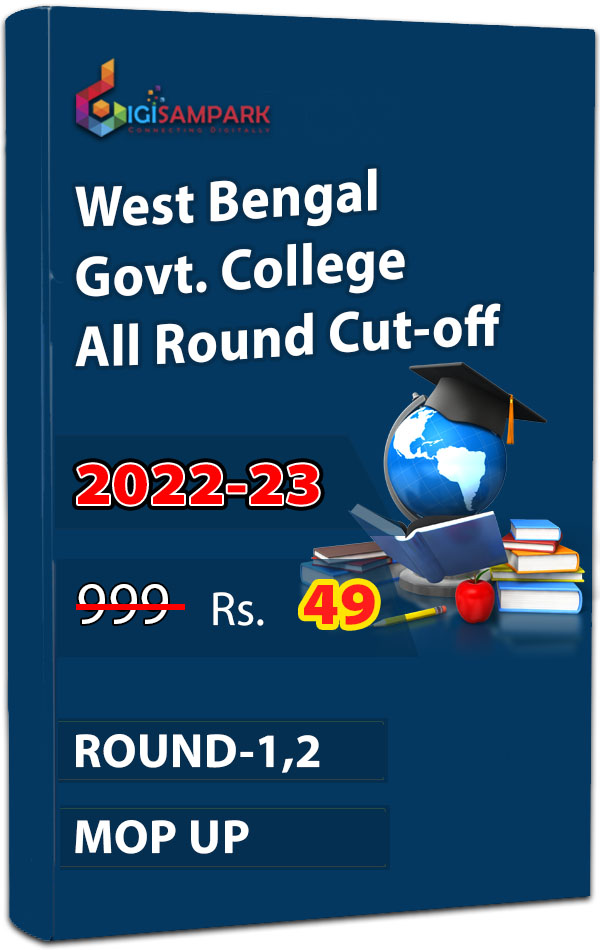
Introduction
If you’re new to advertising on Facebook or Google, you may be wondering what the hype is about. You might also have questions about how these ads work and whether they really work for your business. I know this because I used to be one of those people! The truth is that there are lots of people who think it doesn’t matter if their ads perform, but the reality is that they do matter—a lot. And while there are many variables involved in running an effective ad campaign (i.e., target audience, budget), here are some things everyone should know before diving into this world:
Buying ads isn’t an either-or proposition.
The truth is that you can buy ads on both Facebook and Google.
You don’t have to choose one or the other, but if you want to use them together, here are some things to keep in mind:
You may need a different strategy for each platform. For example, if your target audience is older women who live in urban areas and drive luxury cars (and spend lots of money), then Facebook might be better suited than Google since it has more organic reach.
It may not make sense for all advertisers regardless of how much traffic they send their way—or even if they send any traffic at all! Some people just don’t care about advertising as long as their website looks good without any distracting clutter around it (which would also reduce costs).
It’s not about the sexiest ad you can create, it’s about how your ad performs.
The second thing you need to know is that it’s not about the sexiest ad you can create, it’s about how your ad performs.
If you want a good tip for creating successful ads, try using Facebook’s ad planner tool! It will help you figure out what types of ads work best for your business and give suggestions on how to optimize those ads before publishing them.
You don’t have to be a math whiz to use Facebook’s tools and make them work for you.
Facebook ads are easy to set up. You don’t need to be a math whiz, and there’s no need to spend hours tweaking your audience and creative until they look just right. The tools in the Facebook Ads Manager make it easy for you to set up, track and optimize your ads from start to finish—all through one place.
For example:
Set up an ad campaign with one click on the “Create Ad” button in the left navigation bar of any page that has ads enabled (so long as it’s not connected with Messenger). From there you can choose which audience type you want (such as people who live in a specific city or those who like particular products), pick an image for social media posts and copy any text that will appear below it. That’s all there is too setting up an ad!
Ultimately, your content is what matters most.
Ultimately, your content is what matters most. If you’re writing about a topic that interests your audience and makes them feel something, they’ll be more likely to engage with it. This means not just creating entertaining videos or memes—but also educating them on the latest trends in their industry or providing tips for how to get ahead in their career.
When creating content for Facebook ads, it’s important not just to provide value but also create an emotional connection between yourself (and therefore Facebook) and those who are already familiar with the brand/product/service being promoted.
Your Facebook metrics are more important than your YouTube metrics.
If you’re an advertiser, Facebook is your main focus. They have a lot of data on what works and what doesn’t, which means they can make changes in their platform to make it easier for advertisers to understand their metrics. YouTube isn’t as focused on this; instead, they’re focused on views and engagement—which may be important for some businesses but not so much for others (and even then only when viewed in the context of how much time users spend watching videos).
YouTube also has some unique challenges when it comes to understanding how well your ads are performing: because there are so many different types of videos available on the site (e.g., music vs. comedy vs news) each type will have its own set of performance metrics that might not seem relevant at first glance but actually tell us something about where we should focus our attention as an advertiser looking at specific types of content formats within YouTube’s ecosystem.”
Understand how Facebook optimizes your ads and audience reach.
Facebook uses machine learning to optimize your ads. The more you advertise, the better it gets at finding the right combination of targeting, budget and placements to reach your audience in a way that maximizes results.
Facebook also uses machine learning when it comes to audience reach: if you want more people to see an ad on Facebook (and this is absolutely something we recommend), then use more words in your copy so there are fewer opportunities for someone else’s ad or post idea to appear before yours does—or vice versa!
Use these tips to make sure you’re getting the most out of the money you spend on Facebook and Google ads
You’re probably wondering how you can make sure that your Facebook and Google ads are getting the most out of the money you spend on them. Here are some tips:
Put yourself in the shoes of a potential customer and ask yourself what information they would want before they buy something.
Focus on creating content that is relevant to your product or service and aligns with their interests.
Use video ads when possible, as they have a higher conversion rate than text-based ads (1).
Conclusion
The bottom line is that Google and Facebook are trying their best to give you the most relevant content in the ads they show you. The more relevant ads are, the better it is for both users and for advertisers. It’s important to keep these tips in mind so that you can get the most out of your money on Facebook and Google ads.








